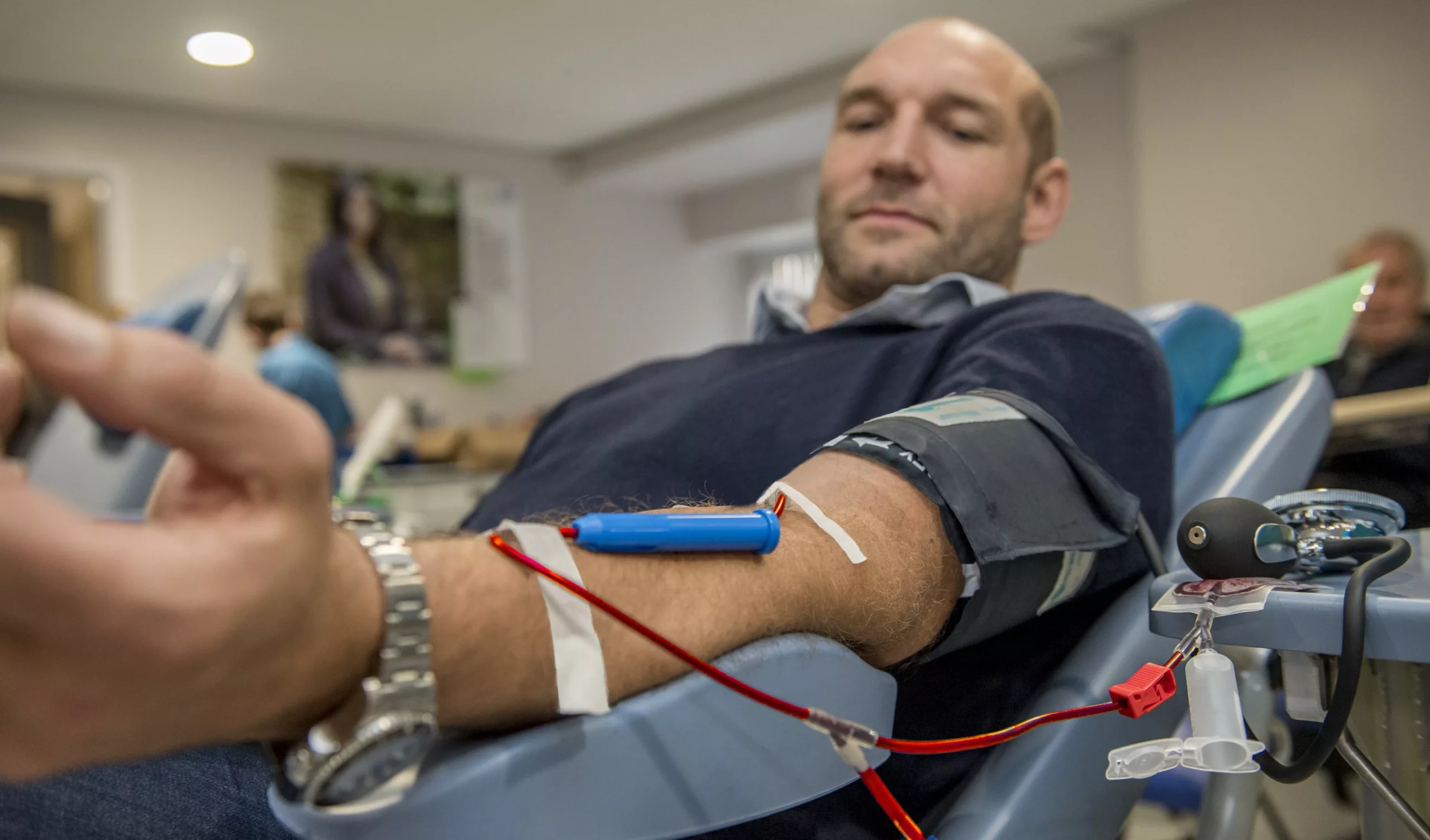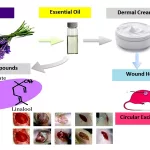
Ever Had That “Wait, What?” Moment?
At first, I honestly thought it was nothing. You know how it goes—maybe you sat too long, or maybe your laundry got mixed with some red sock. But finding actual blood in your pants as a guy… that sends your brain into overdrive. It’s the kind of thing nobody talks about, but you’d be surprised how often it happens, and how the NHS is literally rolling out urinal mat warnings to get us to pay attention.
Let’s face it: spotting blood in your underwear is one of those things you hope just goes away. But there’s a reason the blood in pants male nhs topic keeps popping up, especially now. We’re going to chat honestly—like friends—about what it might mean, what you should do, and maybe have a few laughs along the way (nervous ones, probably, but still…).
Check Your Underwear? Here’s Why
Have you ever noticed a streak, spot, or maybe even a small patch of blood in your boxers or briefs and shrugged it off? Maybe you had a tiny freakout, then zipped through Google for answers on the sly. You’re not alone—and there’s a new push for men to pay closer attention.
Why are the NHS and urinal mat campaigns telling men to look for blood in pants? Simple: it’s one of the top signs of potential problems with your bladder, kidneys, prostate, bowel, or even nearby skin. Sometimes it’s totally harmless… but sometimes it isn’t. The tricky part? It doesn’t always come with pain, especially if it’s blood in your urine—the big warning for bladder cancer (read more about NHS guidance here).
Think of it like your car’s check engine light: annoying, easy to ignore, but you know deep down it’s telling you something for a reason.
Spotting the Signs: It’s Not Always Pee
Who knew you could have blood in your pants from more places than just your urine, right? Sometimes it’s the obvious sign—your pee’s pink or reddish, or your toilet water’s got a weird tint. But the body’s full of surprises.
| What You See | What It Might Be | Next Steps |
|---|---|---|
| Pink or red pee, no pain | Early sign of bladder or kidney issues | Call your GP; don’t just “wait and see” |
| Blood only on underwear, not in pee or stool | Scrotal rash, injury, minor skin issue (Fun fact: angiokeratoma of Fordyce is a harmless cause) | Check your skin, mention it at next checkup |
| Bright red blood when wiping after poo | Piles (hemorrhoids), fissure, possibly more | If it goes on for weeks, get it checked |
| Dark, tarry stool or red inside stool | Possible bowel problem—don’t ignore | See doctor, especially if other symptoms |
Here’s a real story: A 75-year-old man started finding bright red blood on his underwear. He wasn’t in pain and felt fine otherwise. He didn’t see blood in his urine or stools either. After a quick checkup, doctors found a harmless scrotal rash causing the bleeding (actual medical case). The point? It’s almost always worth a proper look—sometimes it’s simple, sometimes it’s not.
What’s Going On Down There?
Let’s break it down together. Why would a guy get blood in pants? The short answer is: several reasons. Some are no big deal. Some demand quick action. The NHS divides causes by what else you notice—or don’t—at the same time:
- Blood in urine (haematuria): Common from infections or kidney stones. If it hurts to pee, read this in-depth look at blood in urine male with pain. No pain at all? Could be more serious—it’s why the NHS keeps warning about bladder, kidney, or prostate cancer risks.
- Blood from the bottom: Hemorrhoids (piles) and fissures are the easy explanations. But if it lingers, gets worse, or comes with weird poops, see what’s important by scrolling through when to worry about blood in stool. No shame in asking; honestly, GPs have seen it all before.
- Other surprises: Have you ever found your underwear stained after intimacy? Blood in semen (yep, it happens) almost always looks more dramatic than it is—thanks a lot, biology. Still, worth a mention at your next appointment, especially if you’re over 40 or notice it sticking around. More below…
“Is This… Serious?”: When to Worry
So when does spotting blood shift from “huh, odd” to “okay, I should call somebody”? Here’s what the NHS (and most doctors) suggest:
- If you see blood more than once, don’t just “wait it out.”
- If you see clots, get checked ASAP.
- If you’ve lost weight or are feeling more tired than usual, that ups the urgency.
- If you feel pain, swelling, a lump, or suddenly have to pee all the time—make that appointment.
- Heavy bleeding or bloody diarrhea? Forget Google, call for medical help right away (official NHS guidance).
Side note: bloody stools or very dark poo can flag a gut problem, and if you need more detail, here’s clear advice on when to worry about blood in stool. And if you ever catch blood while peeing, especially with a burning sensation or other pain, check out blood in urine male with pain—because, yes, we overthink, but also, we should.
The Not-So-Obvious Culprits
Alright, so we’ve covered the main highways for blood in pants male nhs topics. Let’s duck into some side streets.
Blood in Semen: Should You Freak Out?
Short answer: probably not. You’re not alone, and it’s way less rare than you think. For most of us, a tiny streak of blood shows up just once, freaks us out, then disappears forever. NHS and urology researchers say most causes are just mild infections or a little swelling down in the tubes—the body sorts it out quietly on its own (expert advice here).
Here’s the thing: if you’re over 40, or you’re noticing other changes (like pain when peeing, or trouble emptying your bladder), or it keeps coming back… that’s prime time for a doctor’s opinion. Bonus: modern medicine is usually quick and straightforward with this stuff. A physical check, a few tests, and you’ve got answers. And peace of mind is way better than stewing all day, right?
If you want to go down the “I need more info on this, now” spiral, it’s best to look at the latest evidence-based NHS info, but just know it’s super rare for this to turn out as anything serious.
When Is It Really Time to See Your GP?
Let’s keep it simple:
- If you find blood more than once in your semen, urine, or stool—don’t wait.
- If you’re suddenly tired, losing weight, or have pain—book it now.
- If you’re over 40 or have a family history of cancer—get that peace of mind early.
Stories From the Locker Room: Real Guys, Real Answers
Let me tell you, guys swap “that time I found blood…” stories more than you might think—just usually after a few pints or on a WhatsApp group, never face to face. Want to hear a couple?
- A friend found blood after a heavy workout. Turns out, it was a vigorous gym session, nothing more. Took a few days off, and it stopped. Doctor said it’s more common than you’d think (Healthline’s take).
- Another mate noticed blood only after sex. Freaked out, booked a GP, tests all clear—a mild infection that was sorted with some antibiotics. He admitted the stress was way worse than the reality. Said the awkward GP chat was a small price to pay for sleeping soundly afterwards.
- I even know one uncle who ignored random stains for months. He thought it was just “spicy food fallout”—turned out he had hemorrhoids. Annoying, but easily treated. He’ll never ignore his pants again, he jokes.
NHS Warnings: Why the Fuss Now?
If you’ve been out lately and spotted NHS messages on urinal mats—yep, they’re hoping you’ll catch that “blood in your pee?” warning and act before it’s too late. Why? Because too many men ignore early signs, then end up with bigger, scarier diagnoses like bladder, kidney or prostate cancer. Early checks can be literal lifesavers.
But the blood in pants male nhs wisdom covers way more than just urine. The skin, bowel, and even semen can all be culprits. No one likes talking about it, but the more we do, the less power these symptoms hold over us.
What Does the Doctor Actually Do?
Quick, honest answer? Usually a chat, a gentle check, sometimes a urine or blood sample, and—if you’re over 40 or certain symptoms show—maybe a PSA test (that’s for prostate-specific antigen) or an ultrasound. No stress. In fact, most get the all-clear or a simple fix, like antibiotics or cream (more info).
Simple Takeaway Table:
| Spot in Pants | Pain? | Likely Next Step |
|---|---|---|
| Red urine, no pain | No | See GP, possible cancer check |
| Red after sex | Sometimes | See GP, likely infection or inflammation |
| Blood when pooing | Maybe | If persistent, rule out piles/other causes |
| Rash on scrotum | Usually not | Check skin, mention at next doc visit |
You vs. Embarrassment: Who Wins?
I get it, nobody loves rolling up to a GP with, “So, I found blood in my pants…” Still, there’s no glory in bravado here. Spotting blood can be your body’s only way to shout at you, especially as you hit your 40s and beyond. The quick call or clinic visit could change everything.
And hey, you’re not expected to know every possible cause—from UTIs and kidney stones to mild skin conditions and rare cancers. That’s your doctor’s job. You just need to not stay silent. Your health is worth a little awkwardness. Always.
Let’s Wrap This Up: Take That Next Step
If you’ve made it to the end, you’re already ahead of most guys. Remember: blood in pants male nhs messages are there to nudge you, not scare you. It might be nothing—or it might be something you’ll want to catch early. Noticing blood just once? Take a deep breath. See it again, or worried? Book that appointment. Make your mate do it, too, if you’re both on this weird “pant patrol” journey.
Don’t let embarrassment or wishful thinking keep you sidelined. Your health doesn’t wait—neither should you. Drop a comment if you’ve got your own “wait, should I worry?” story (no judgment!). Do it for your peace of mind—and maybe for the mate who won’t read this whole thing until you send it to him.
One last nudge: next time you notice something off, don’t just check your pants—check in with your doc. It’s braver than you think. Stay safe, stay curious, and take care of yourself, mate.


















Leave a Reply
You must be logged in to post a comment.